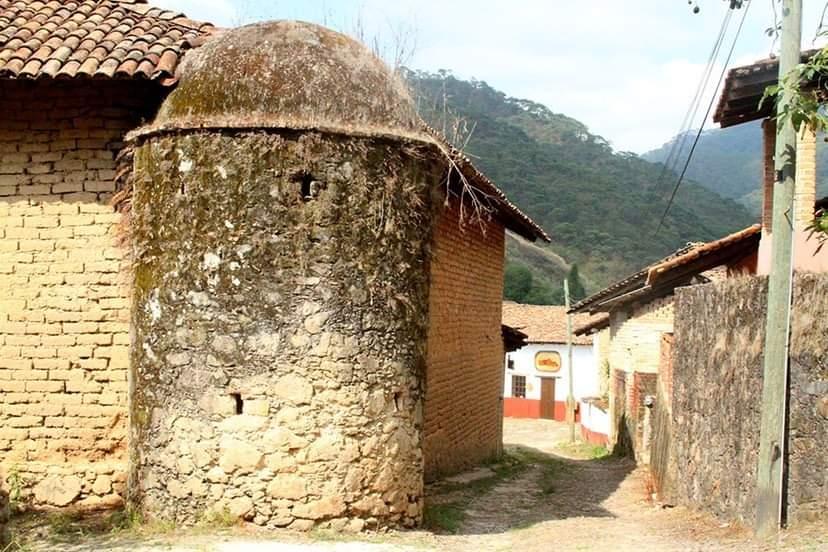A limpia, a cleansing, is done to get rid of negative energy. The informant heard of it because she was walking around in Mexico City with her family, and saw people doing it on the street at a little shop. Her family approached to see it being done and what all the commotion was. The service was donation based and she asked if they wanted to do it. The lady who was in charge of the ritual was indigenous, and worse Aztec decorated and inspired clothing. She explained what she was doing so they would understand what they would be going through. First, she started by asking them to close their eyes, sprayed some kind of liquid(herbs mixed into a liquid that smelled like lavender), and told them to rub it all over their hair, face, and clothes. She said a prayer, then started to burn incense and circled their body. She did this a couple of times, then grabbed a fresh herb and smacked them on their legs and body. Their eyes stayed closed the whole time. Then, she blew a whistle that is supposed to symbolize a jaguar, twice in each ear, then blew a concha, then rubbed the liquid once more, and said a final prayer. She said it was to get rid of bad energy or imbalance, to bring balance and positive energy. Prayer is done in Spanish which said, “Relieve this person from any harm in their life, may this limpia be helpful with the presence of god”.
The informant doesn’t believe in those things but did it because her mom wanted to do it. She enjoyed the smell of herbs, and the incense made it relaxing but did not believe in the superstition. She grew up hearing of limpias because her father received limpias all the time when she was a kid, and she would also see it done in other cultures.
This limpia is a form of folk medicine done in Mexican culture. It revolves around being faced with bad energy and thus people needing a way to remove this bad energy. It involves some aspects of religious tie-ins such as the prayer, the incense, and the rubbing of some oil, or liquid made of herbs but also relates to Aztec culture. Additionally, herbs seem to be a part of this reliance on natural remedies for the curing of illnesses that are commonly found in Latin America.

